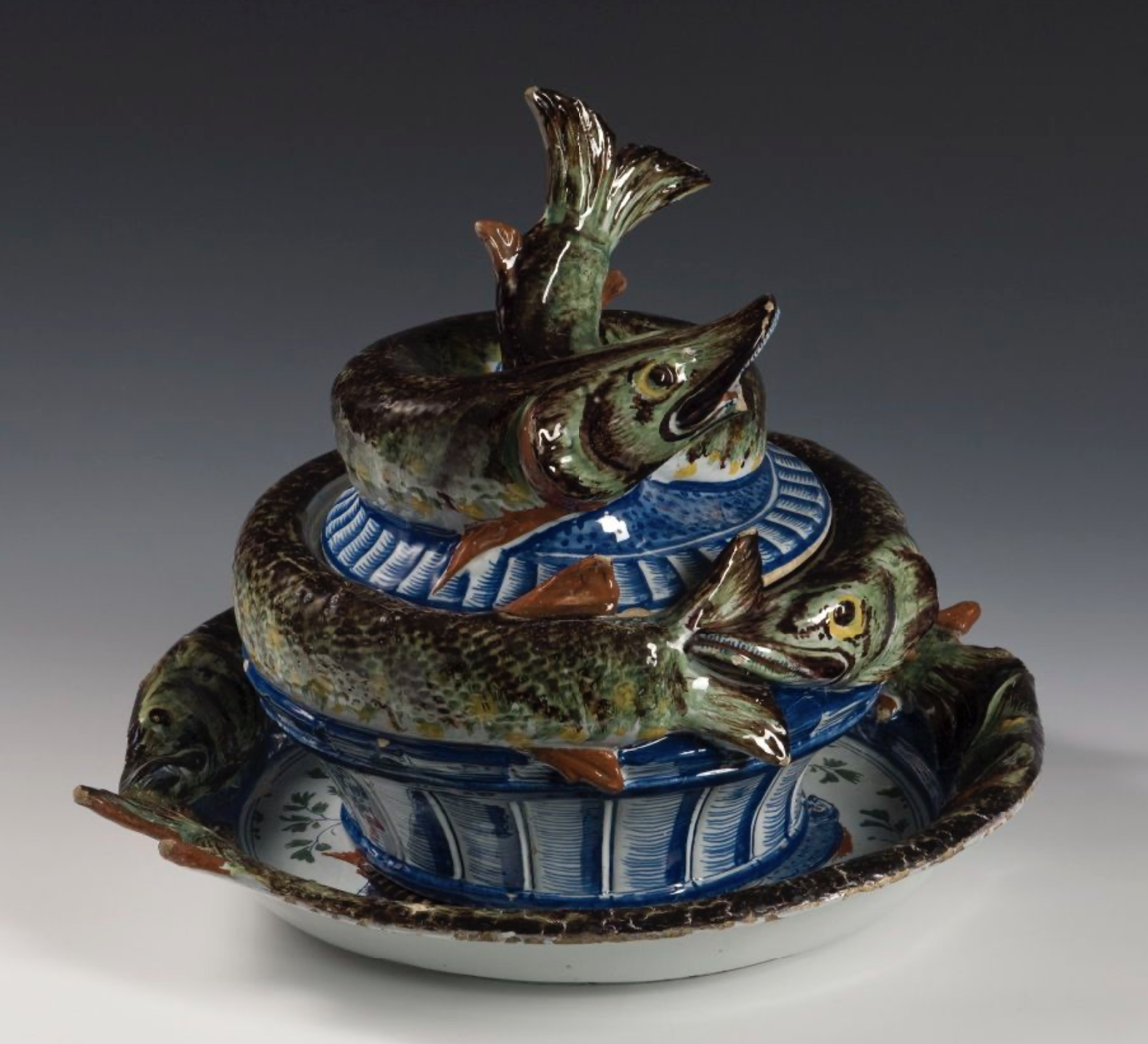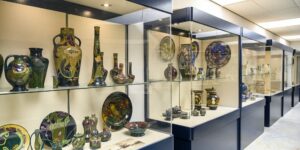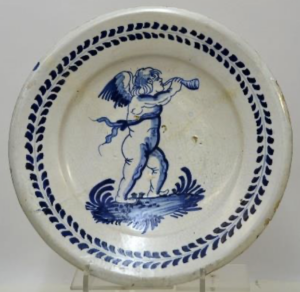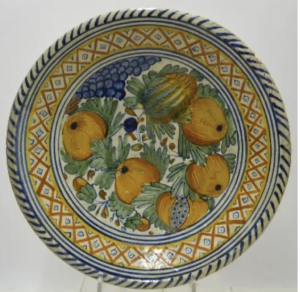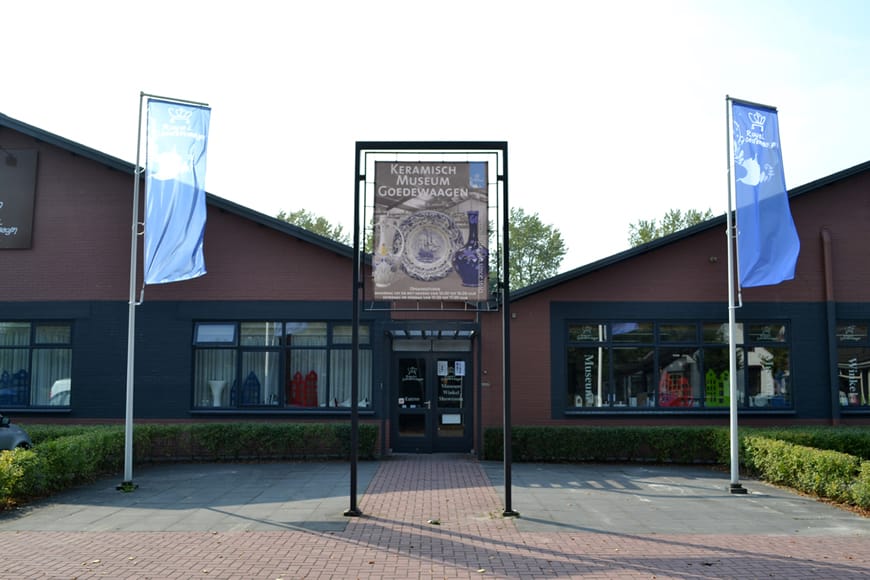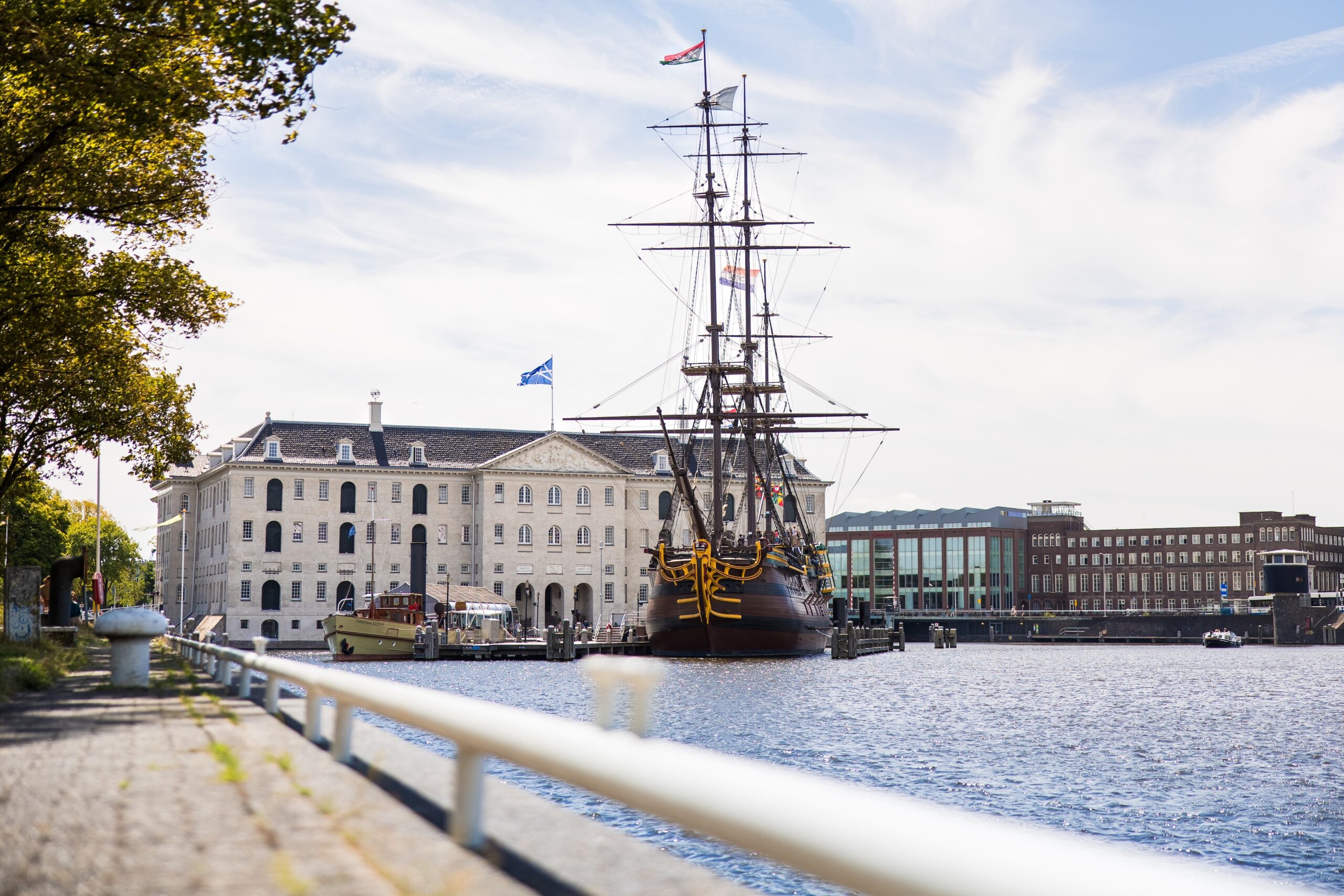
Since 1973 housed in a stately 17th-century building along the eastern docklands of Amsterdam, Het Scheepvaartmuseum (The National Maritime Museum) invites visitors to explore over five centuries of Dutch maritime history. The monumental structure was designed in 1656 by architect Daniël Stalpaert and originally functioned as the arsenal of the Admiralty of Amsterdam, where cannons, sails, rigging, and other naval equipment were stored. Ingeniously, the barrel-vaulted cellars beneath the courtyard collected up to 40,000 litres of rainwater to supply the fleet with fresh drinking water.
The museum’s origins date back to May 10, 1916, with the founding of the Vereeniging Nederlandsch Historisch Scheepvaart Museum, which remains the legal owner of the collection to this day. This foundation was a direct outcome of the resounding success of the First Dutch Exhibition on Shipping, held in 1913. Over time, the collection expanded rapidly with contributions from shipping companies, private collectors, and maritime enthusiasts. Today, it comprises approximately 300,000 objects, making it one of the most important maritime collections in the world.
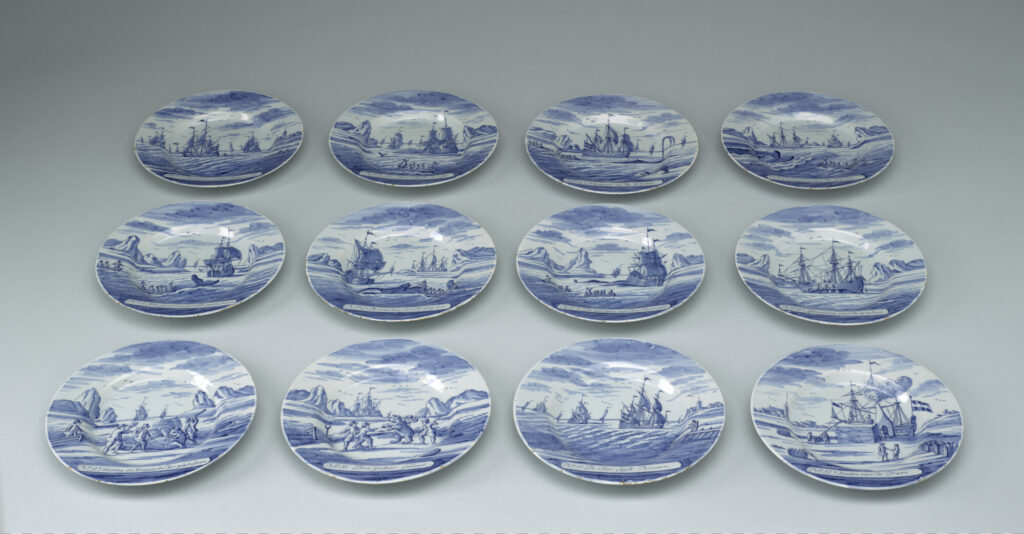
Queen Wilhelmina officially opened the museum on November 22, 1922, in a building originally intended as a temporary home, located on the corner of Cornelis Schuytstraat and De Lairessestraat in Amsterdam-Zuid. The building, later used by Christie’s auction house until 2018, still bears visual reminders of its maritime function, such as wave motifs in its brick façade, designed by architect Lacroix.
Among the museum’s many highlights are pieces of Delftware depicting maritime themes. These include rarely seen blue and white plates depicting whaling scenes, made at De Porceleyne Bij l(The Porcelain Axe) factory. In addition, the museum houses more modern examples of Delftware, including commemorative plates produced by De Porceleyne Fles (Royal Delft). The collection also features prints that once served as visual sources for Delftware painters, offering valuable insight into the creative process behind many decorated ceramics.
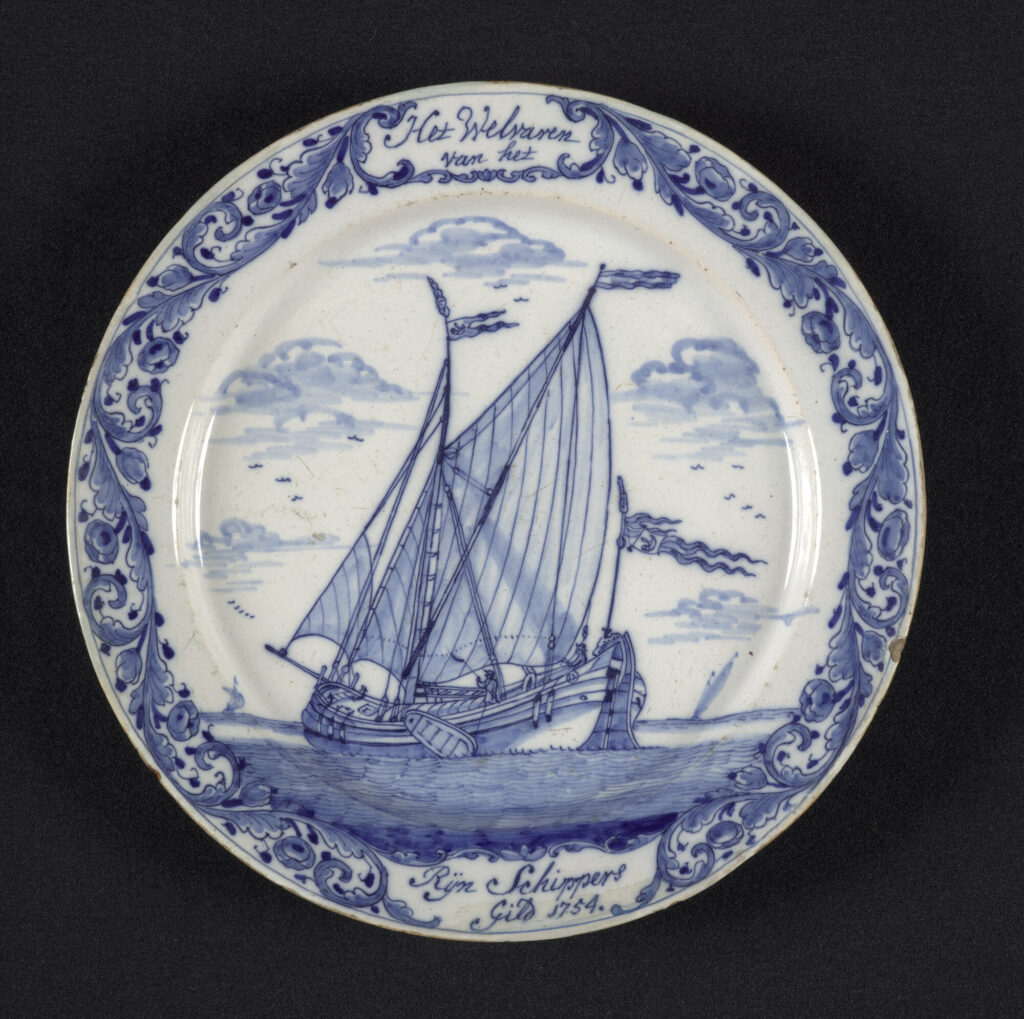
The National Maritime Museum provides a rich perspective on Dutch maritime history and its connections to Delft faience. During SAIL Amsterdam 2025, taking place from August 20 to 24, the museum will welcome all visitors free of charge—an ideal opportunity to experience this remarkable institution firsthand.

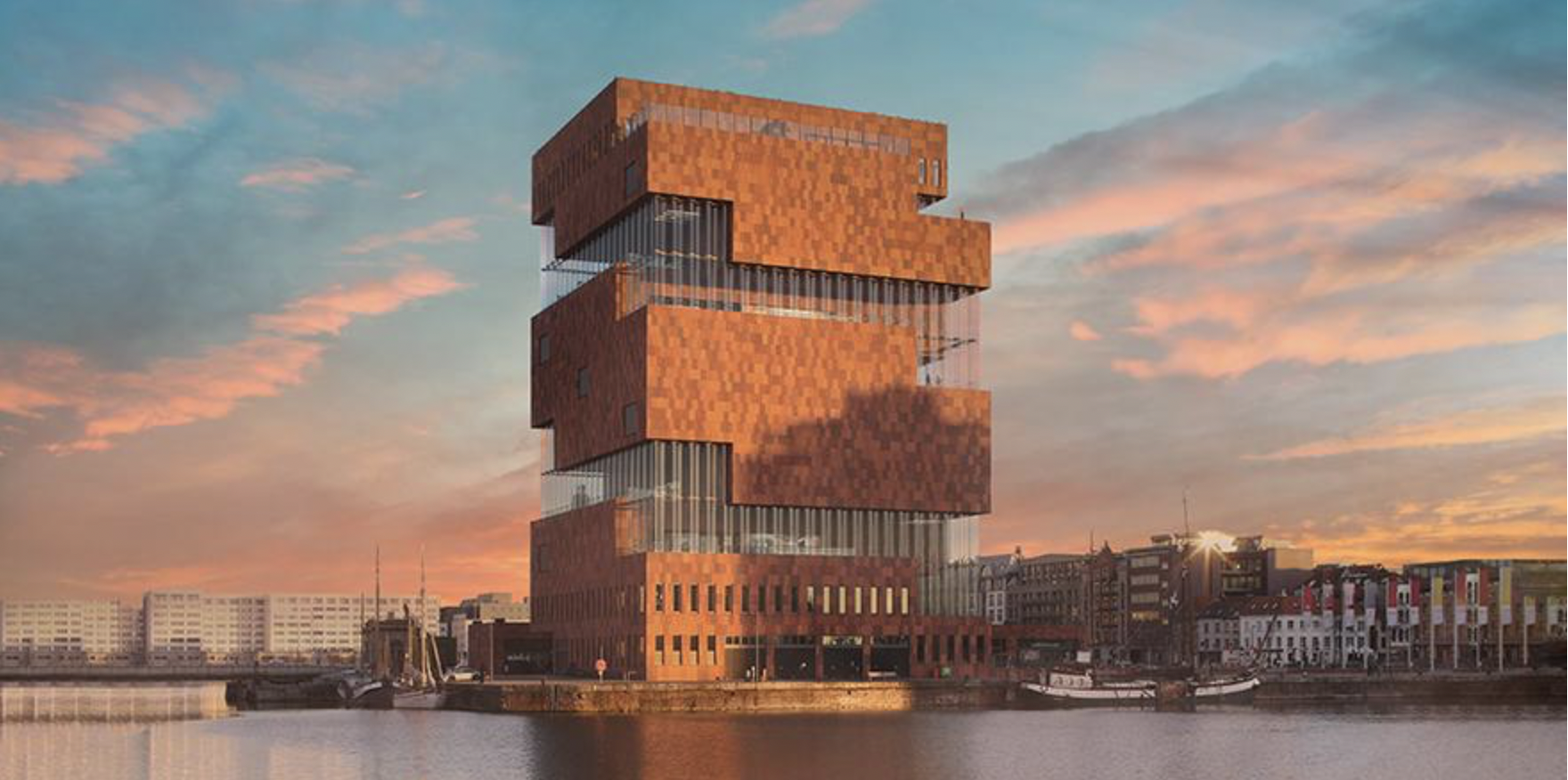
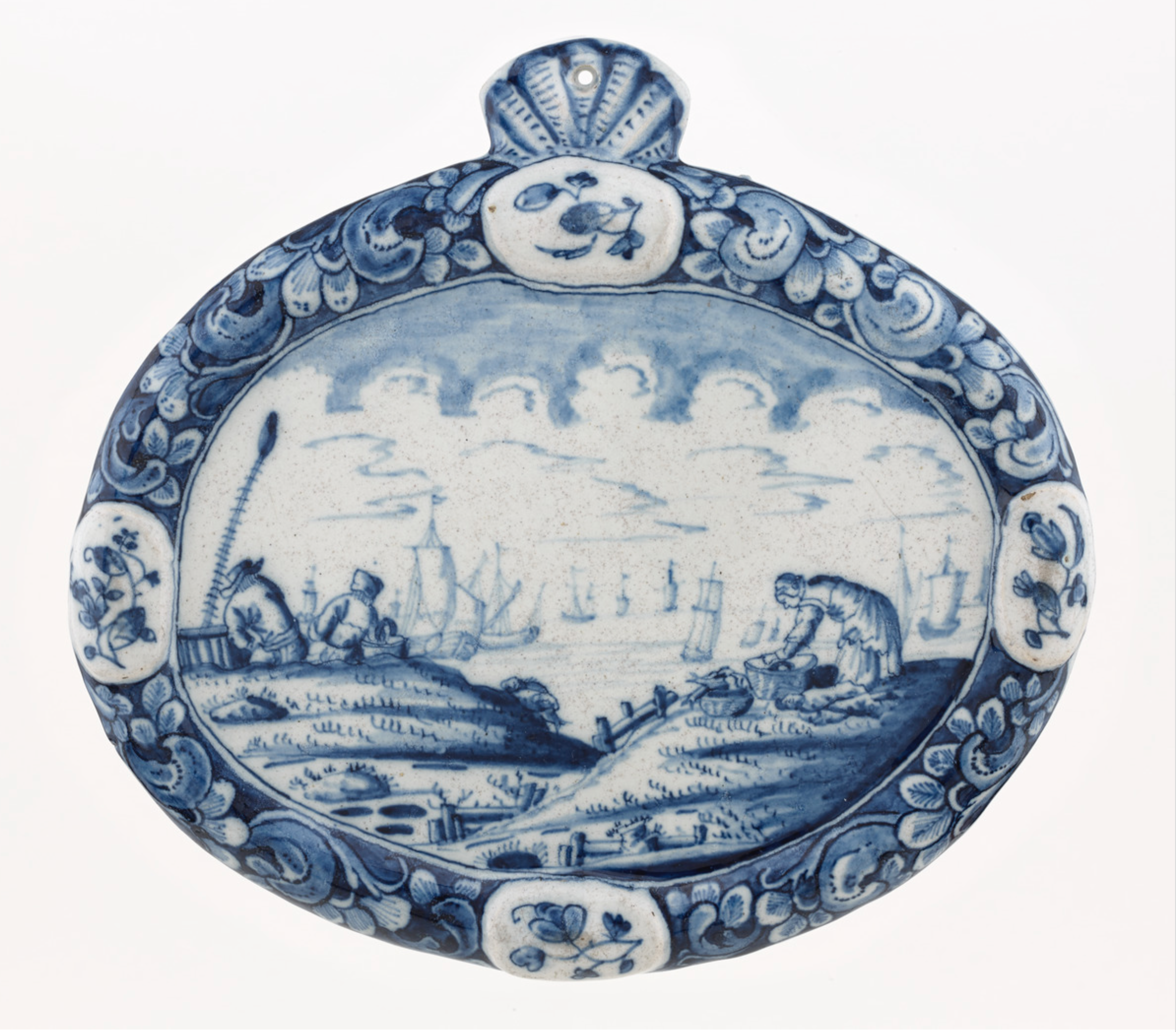
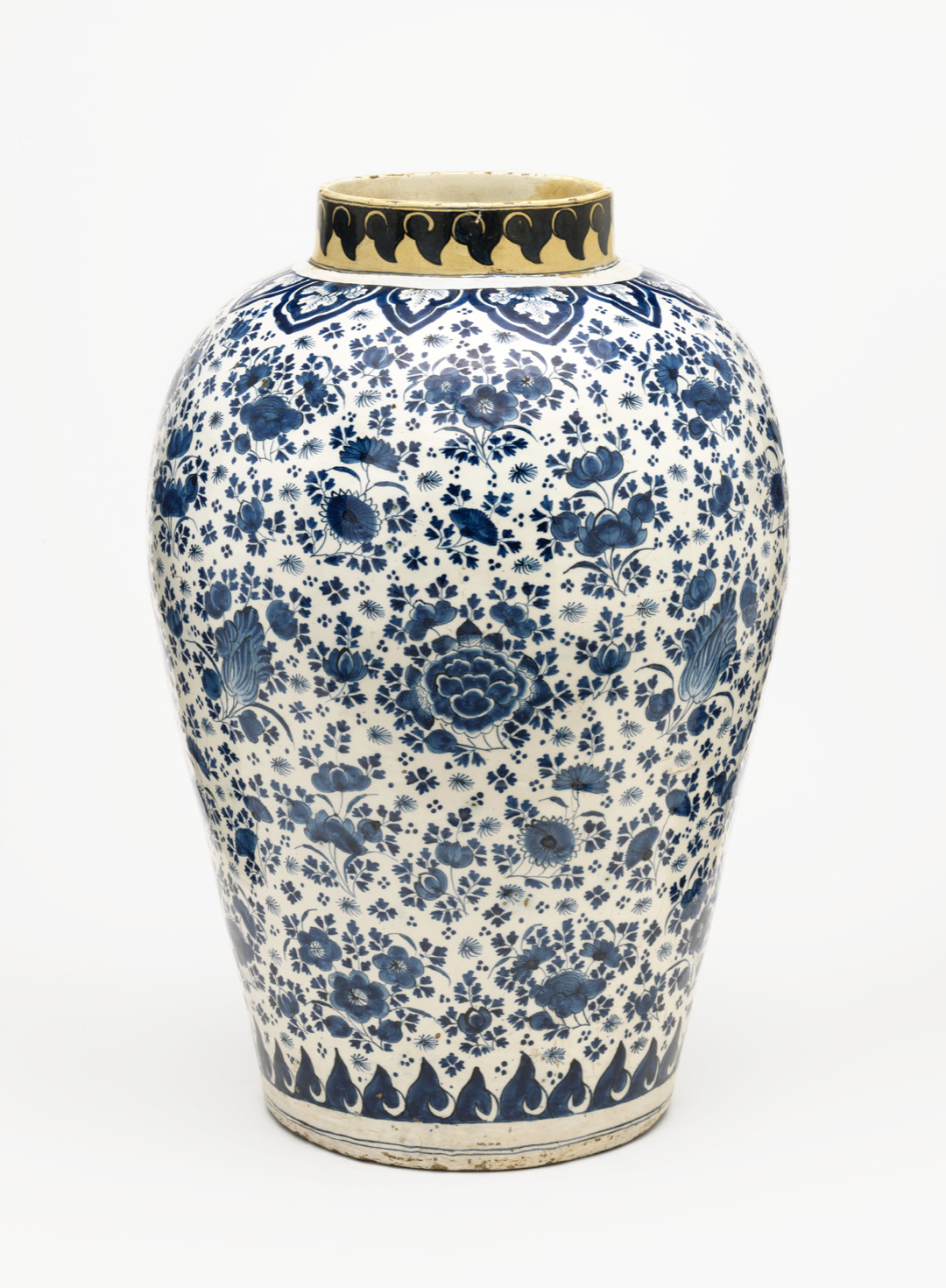
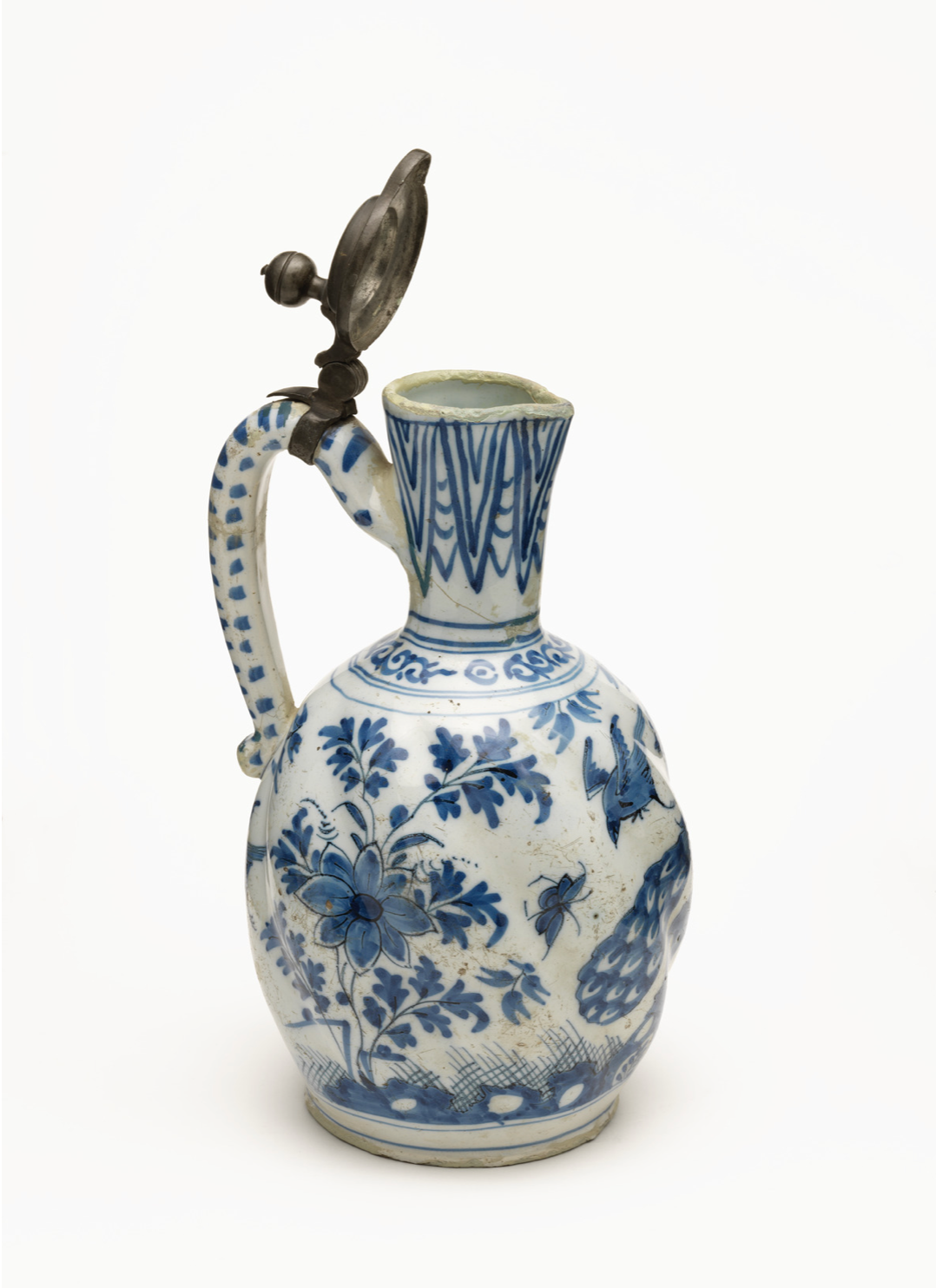
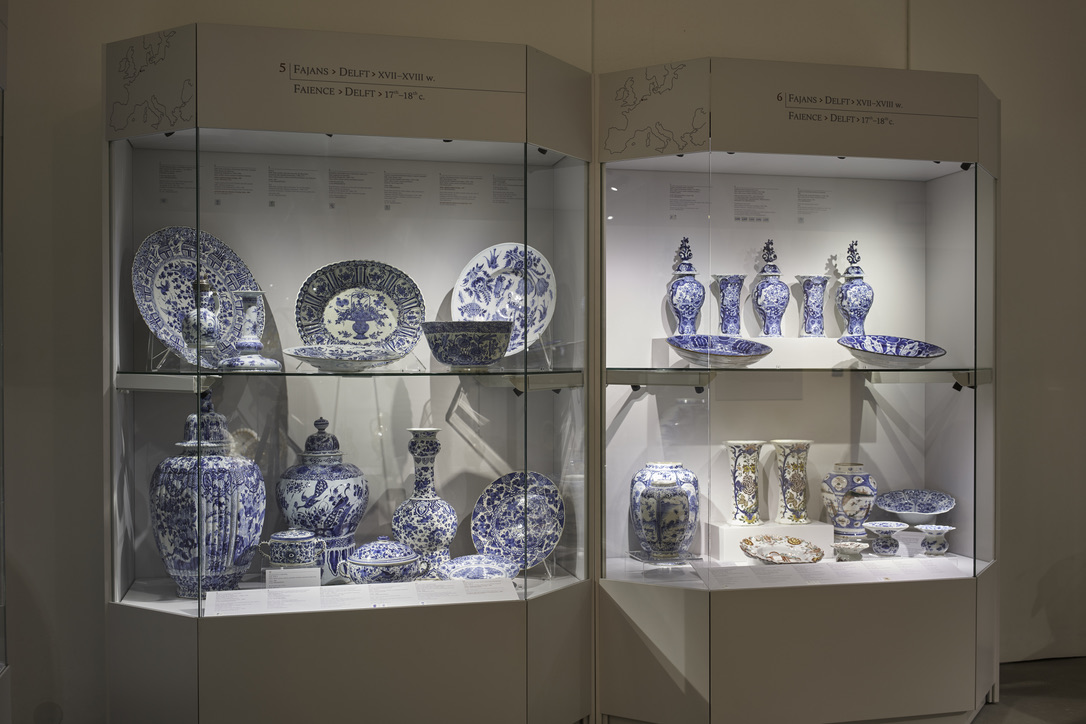
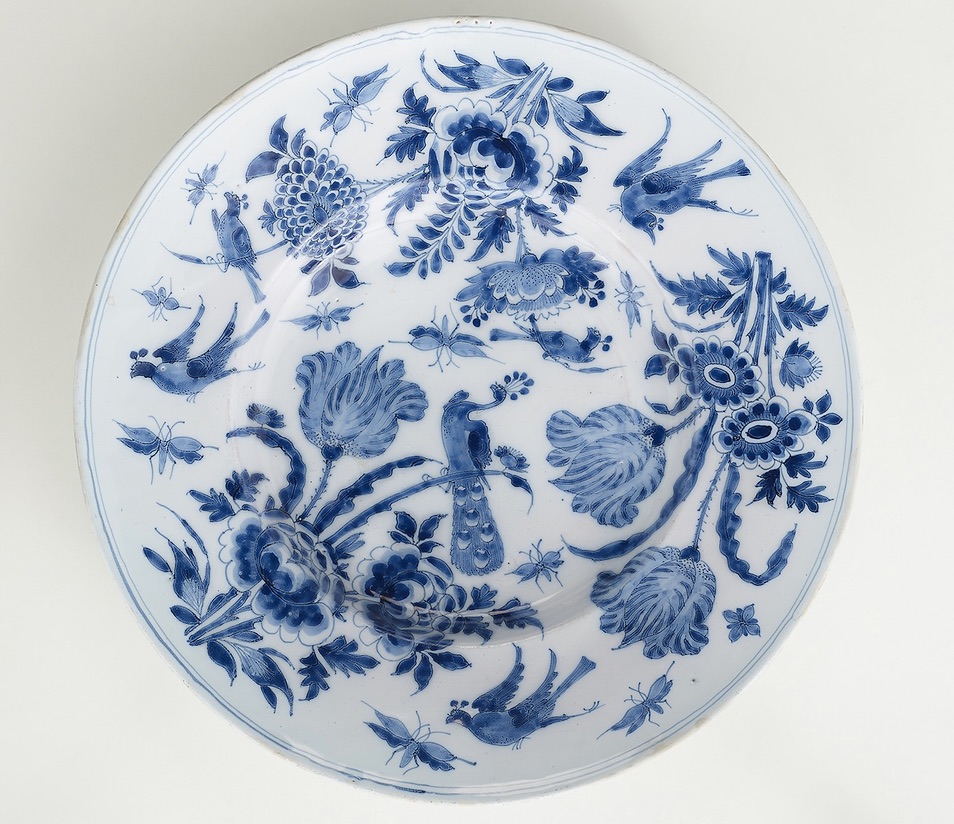
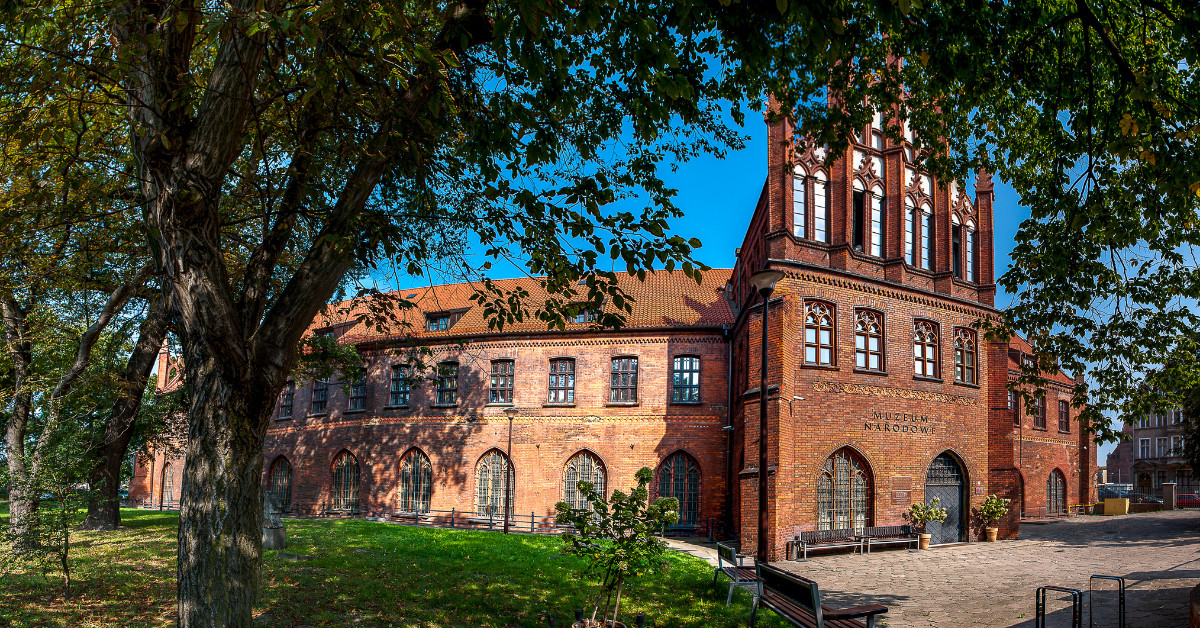




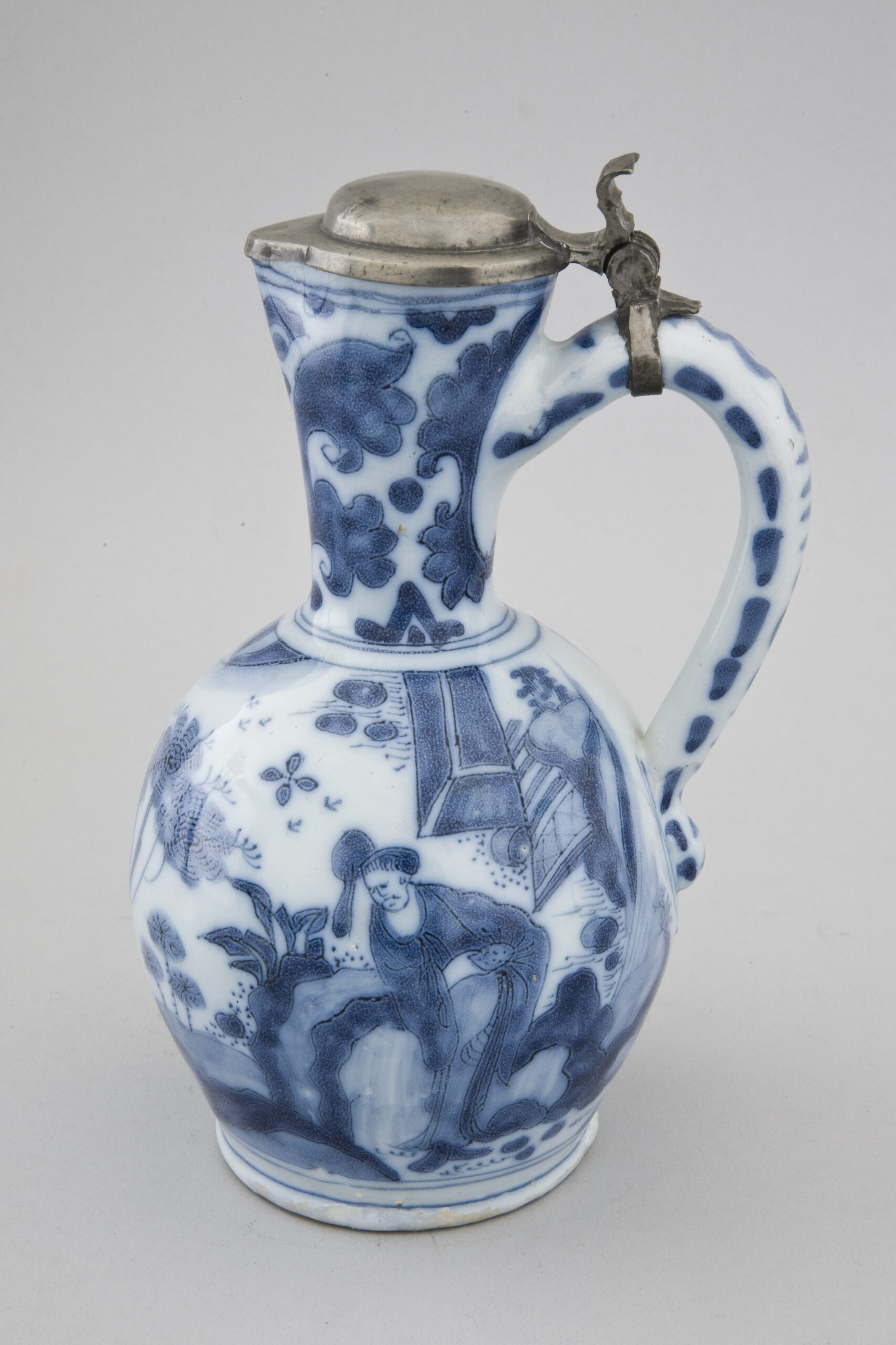
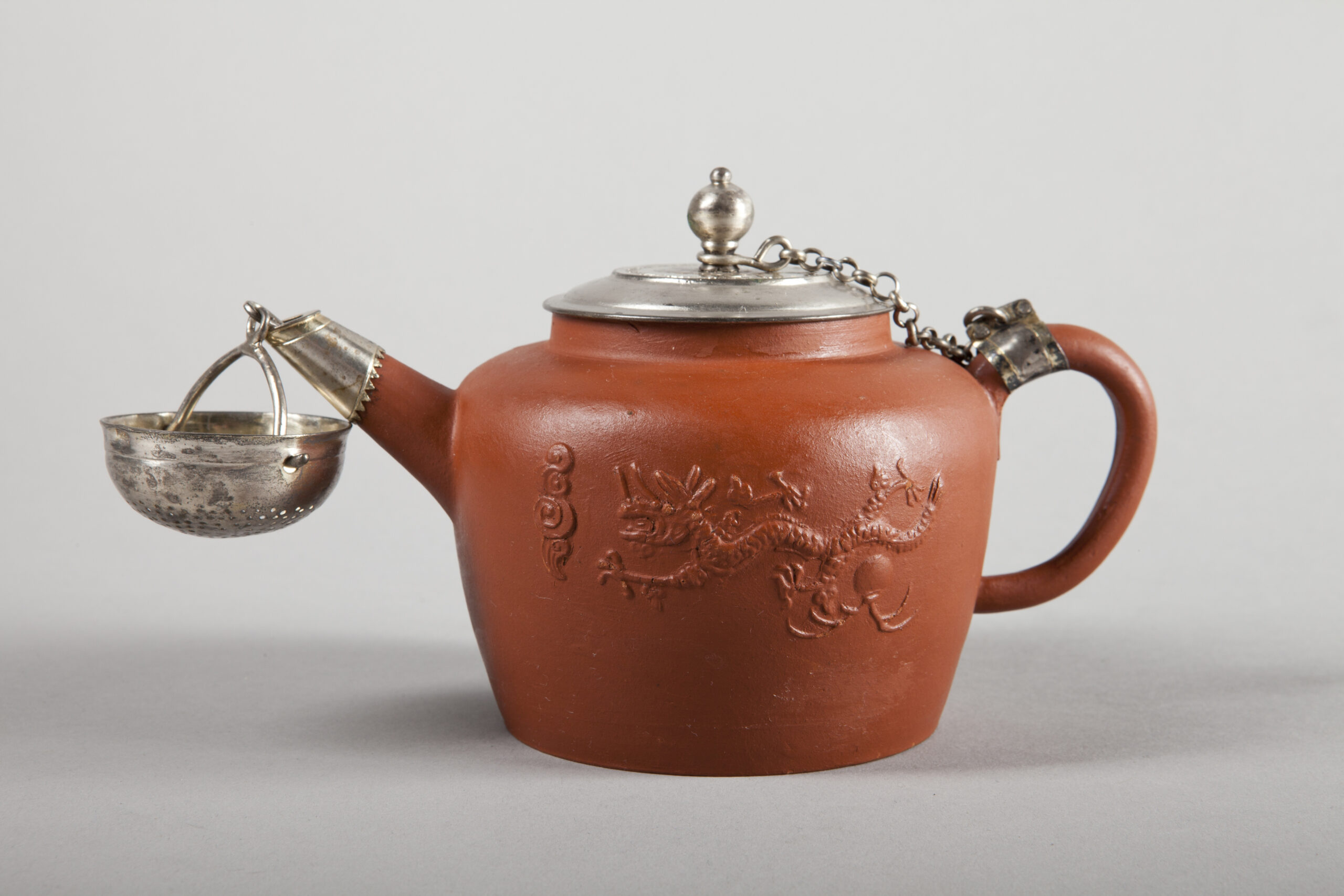
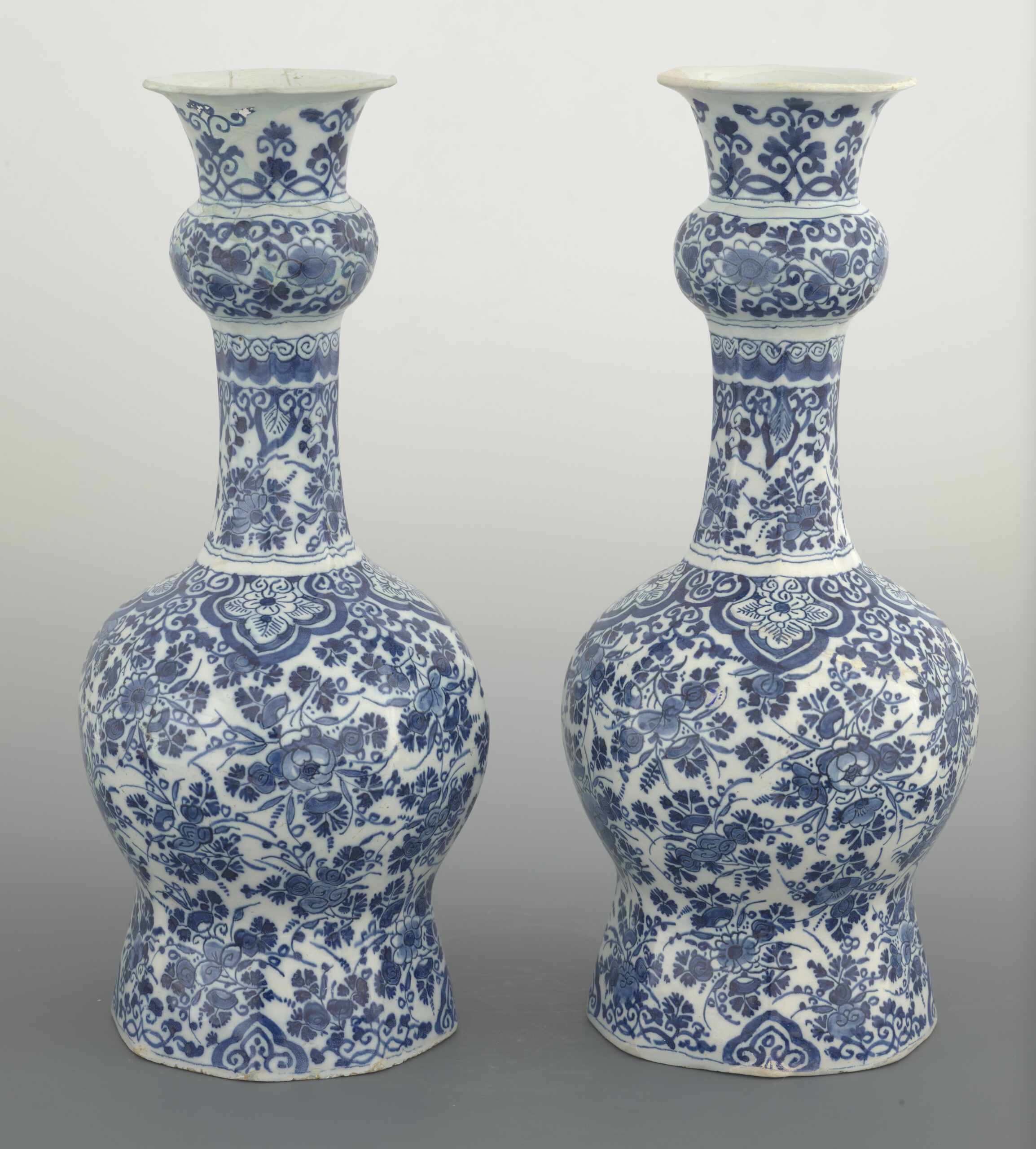
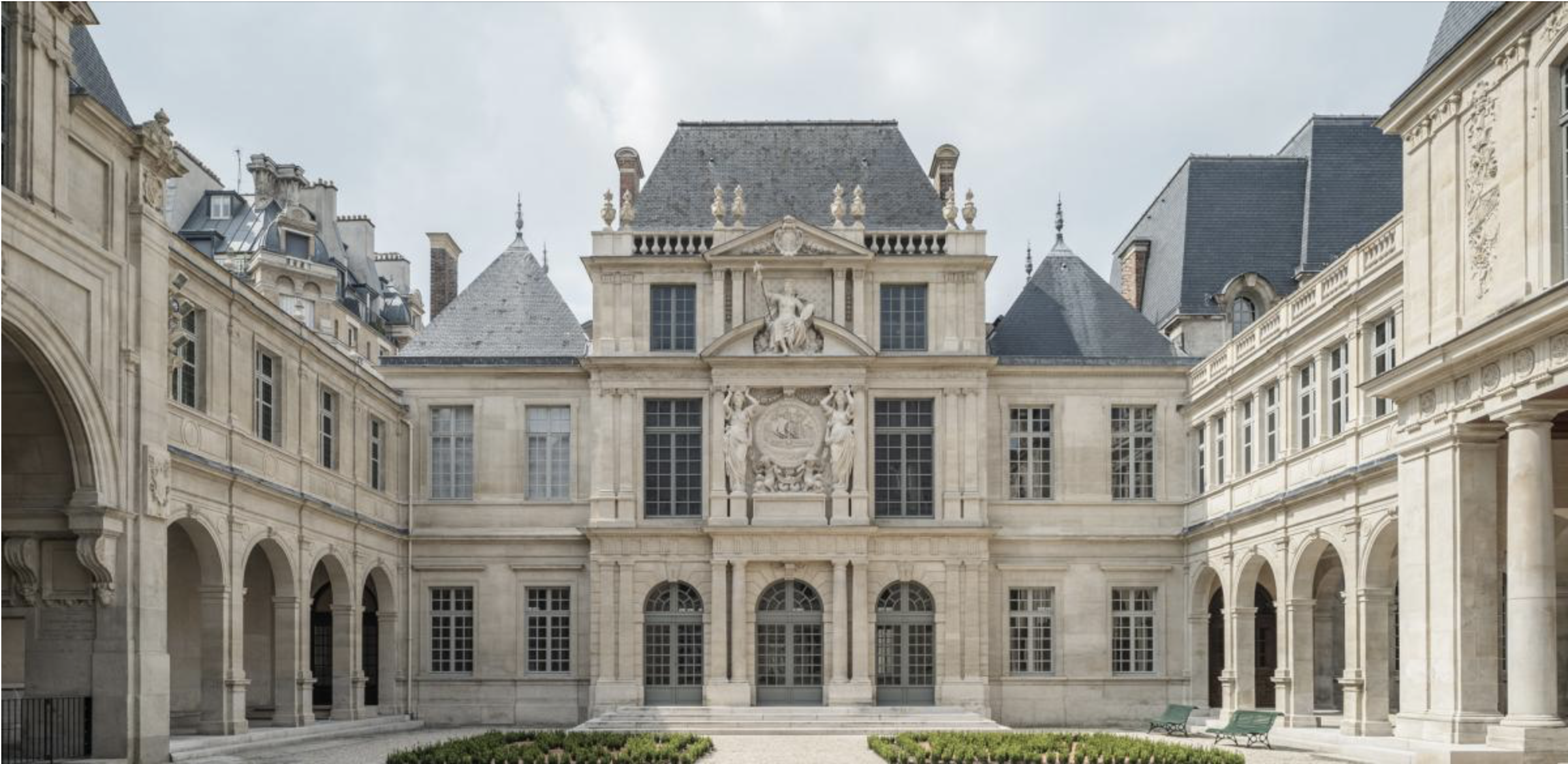
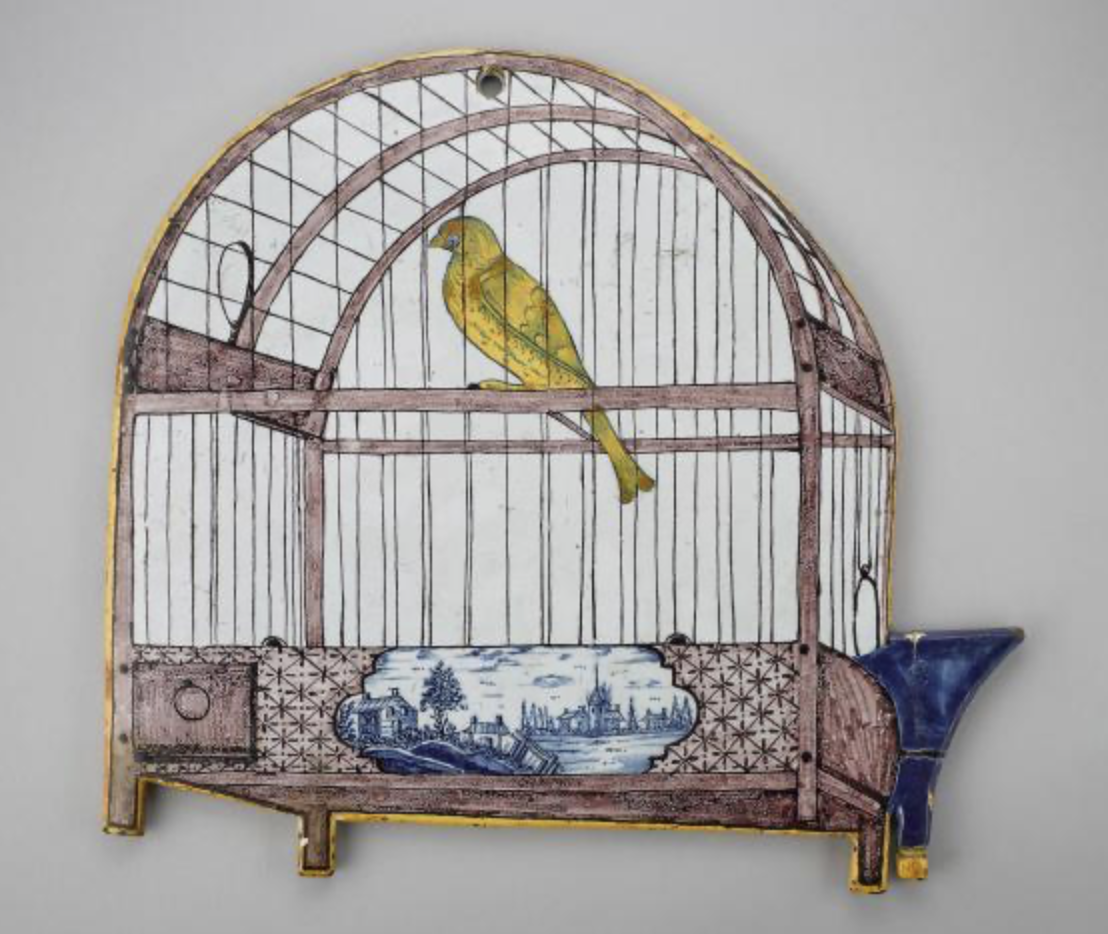
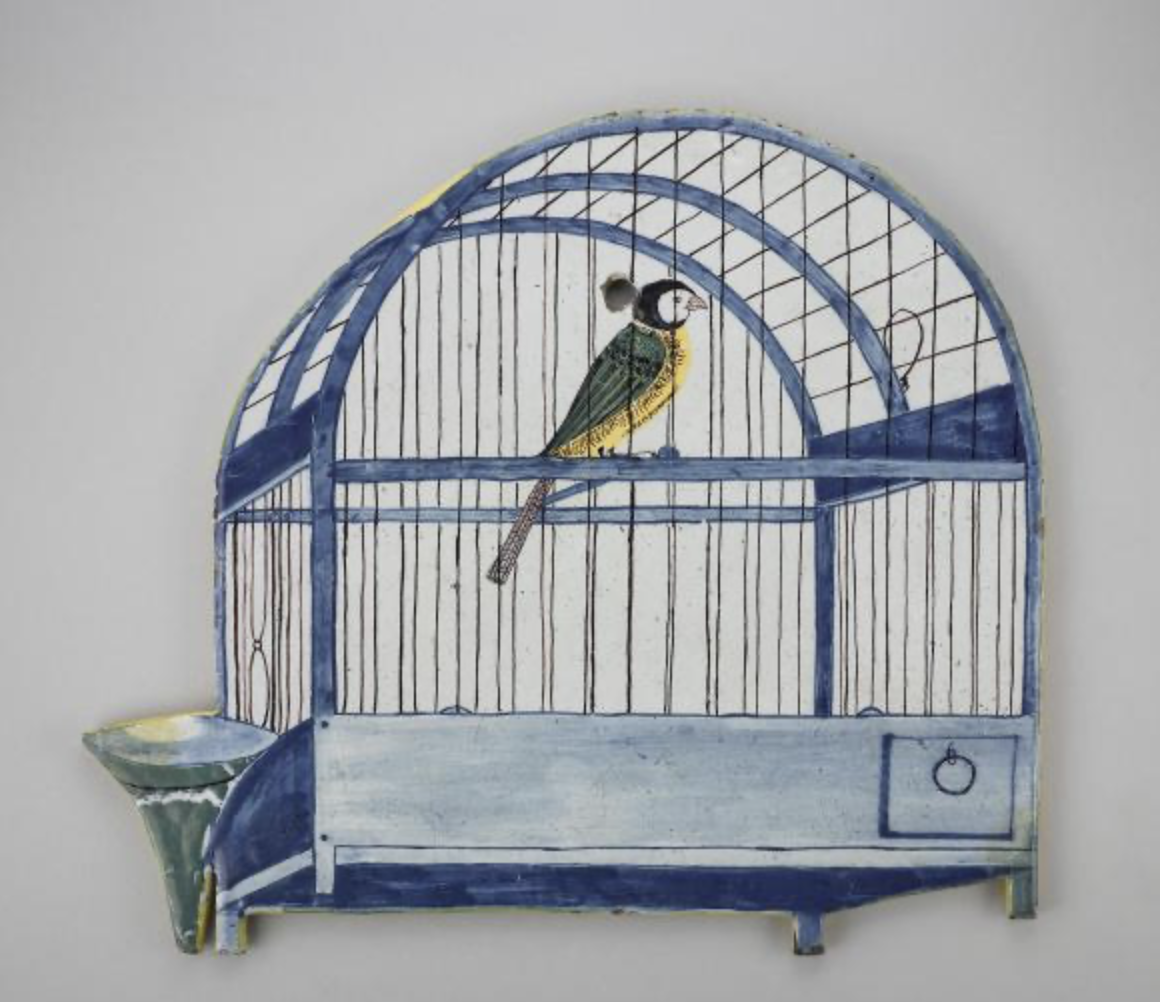
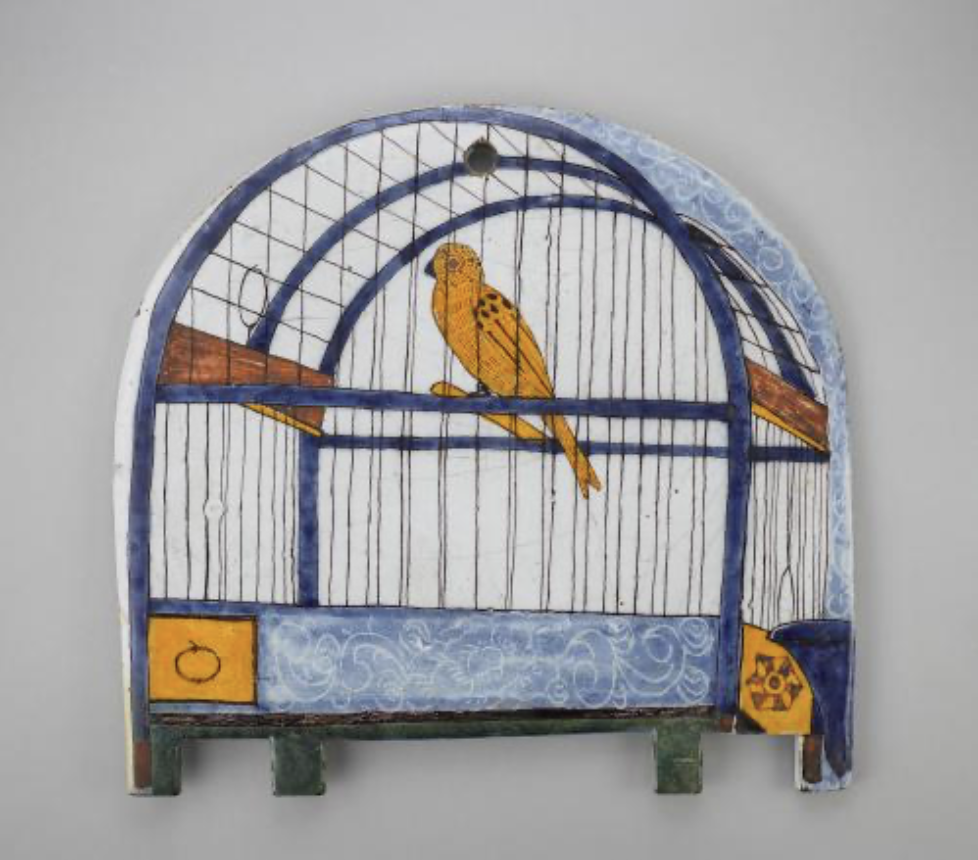
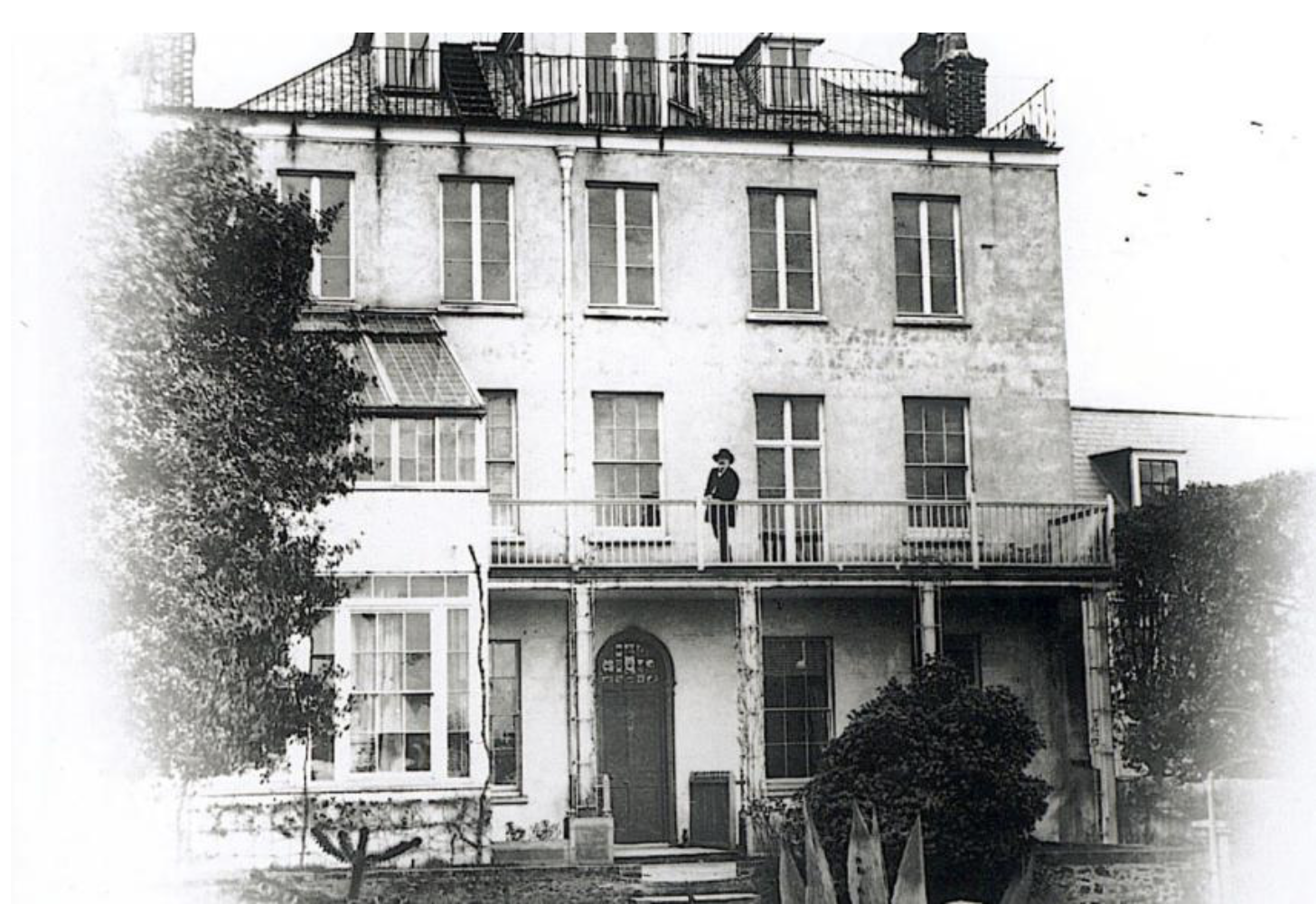
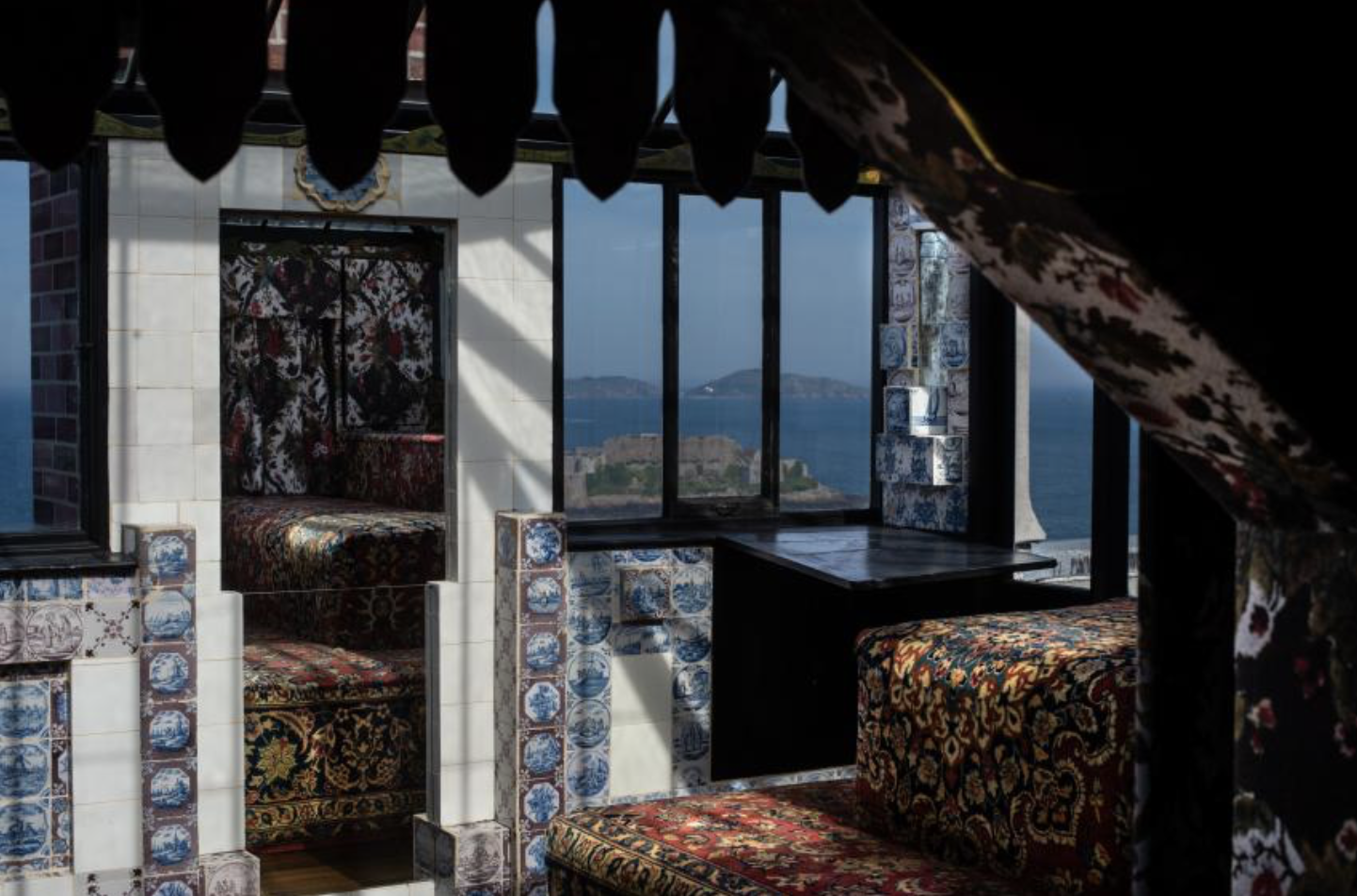
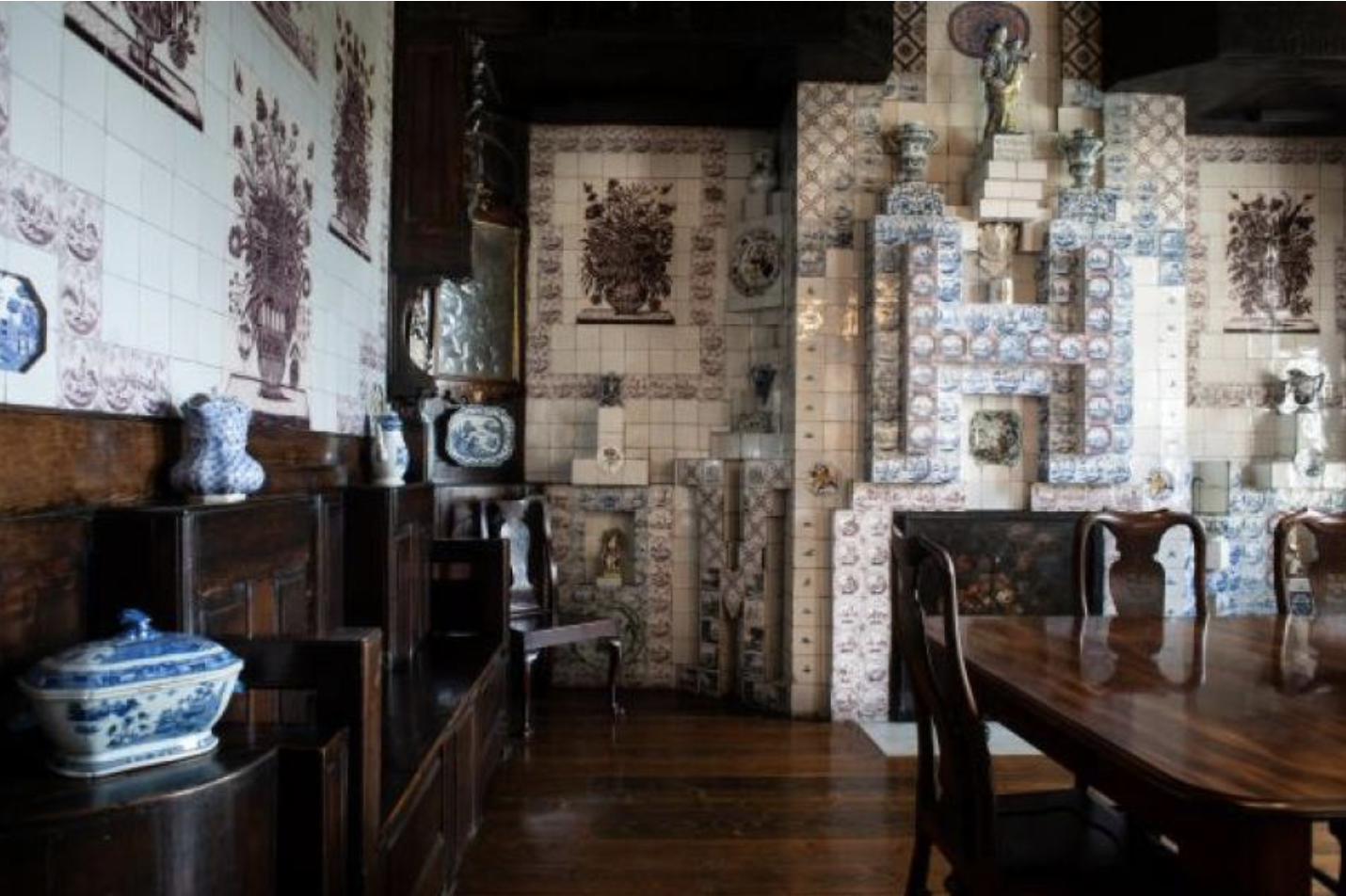
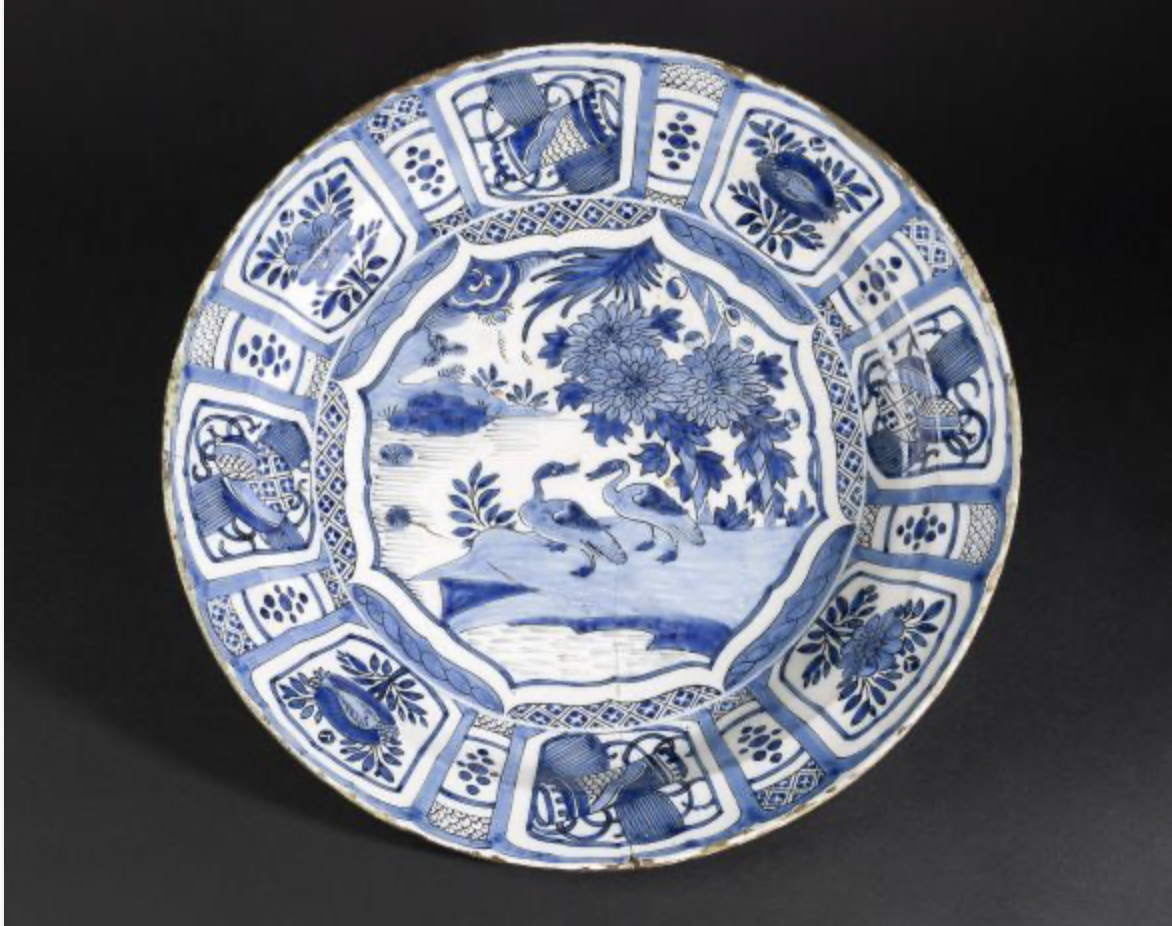
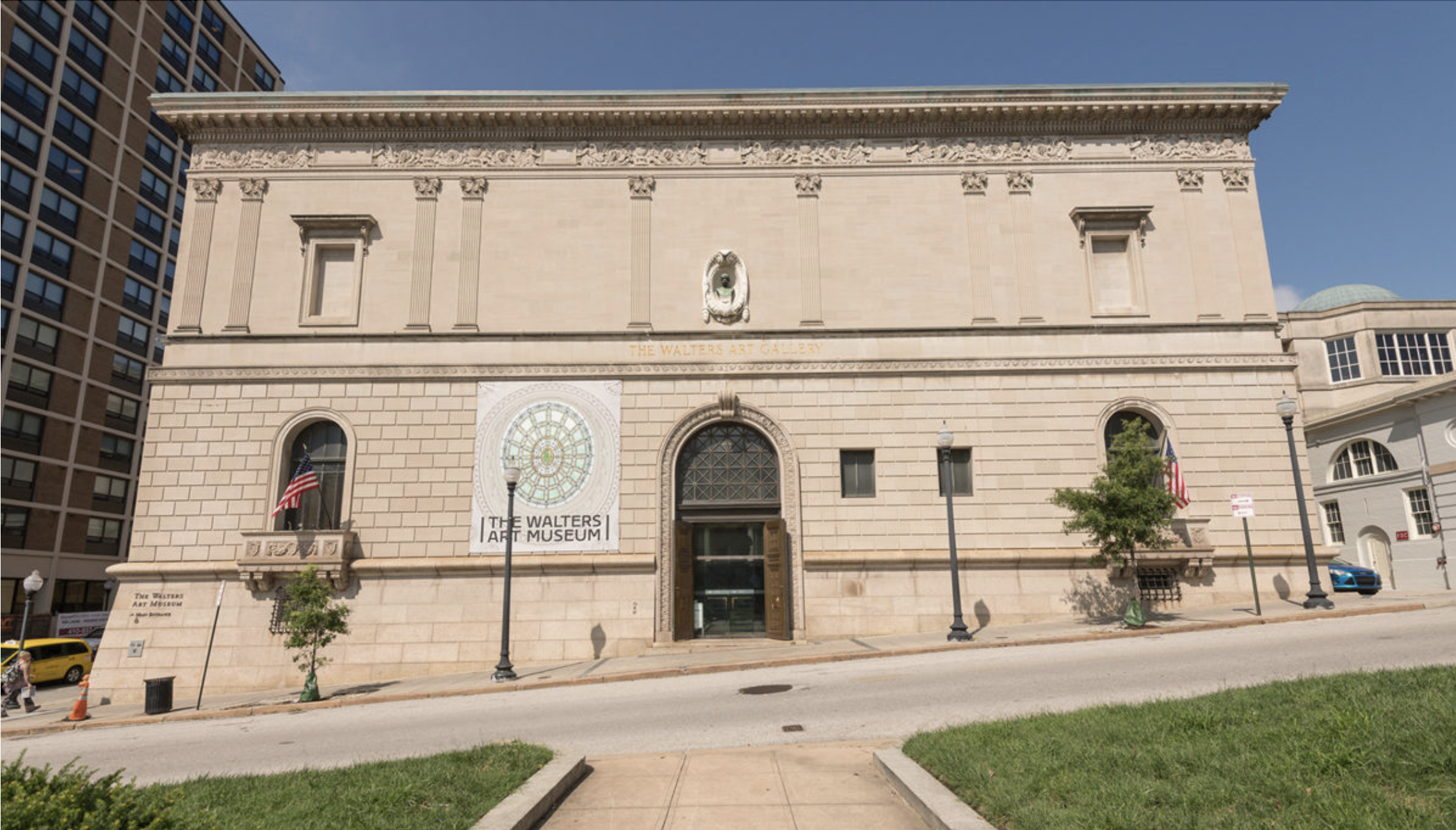

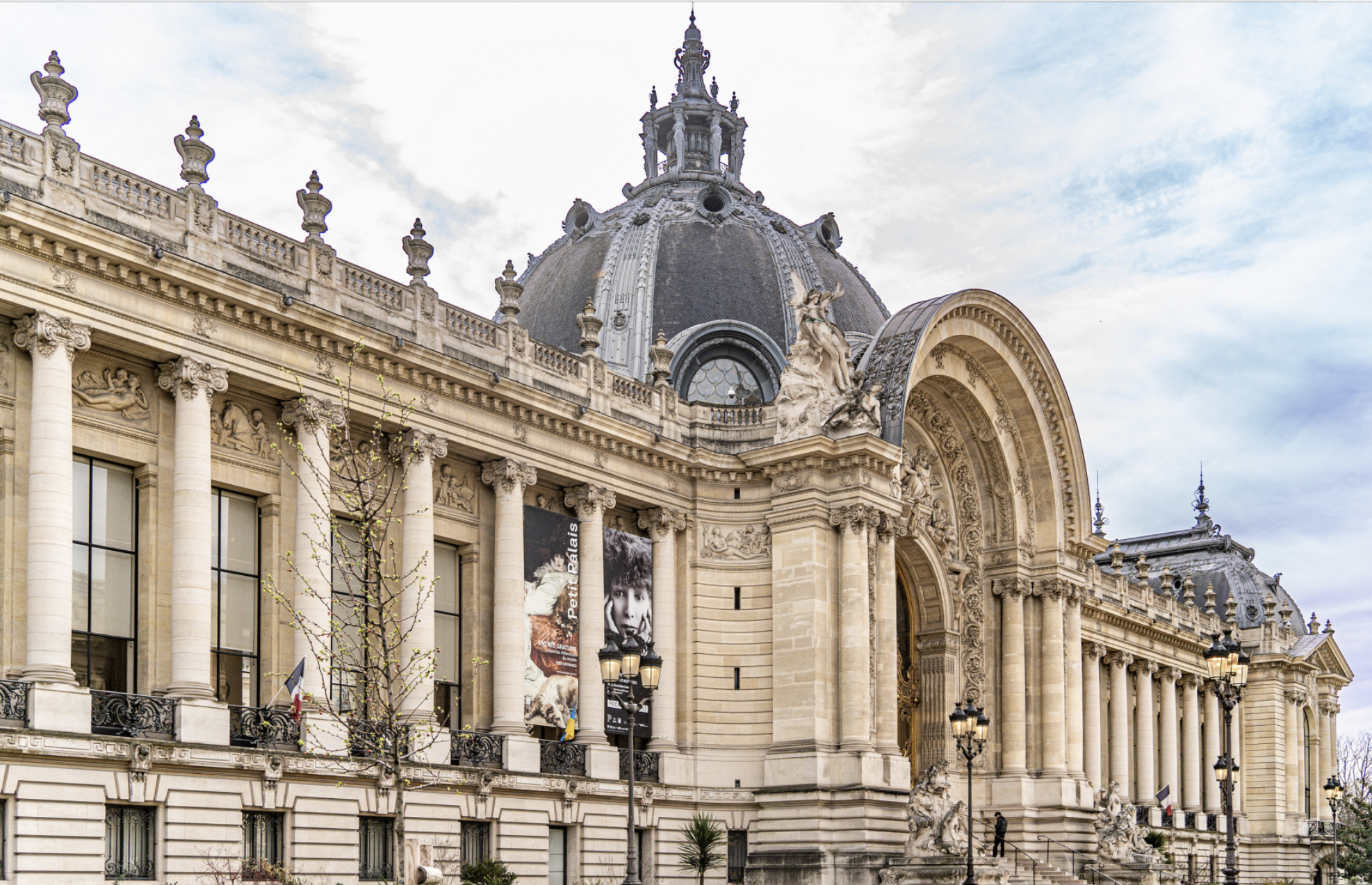

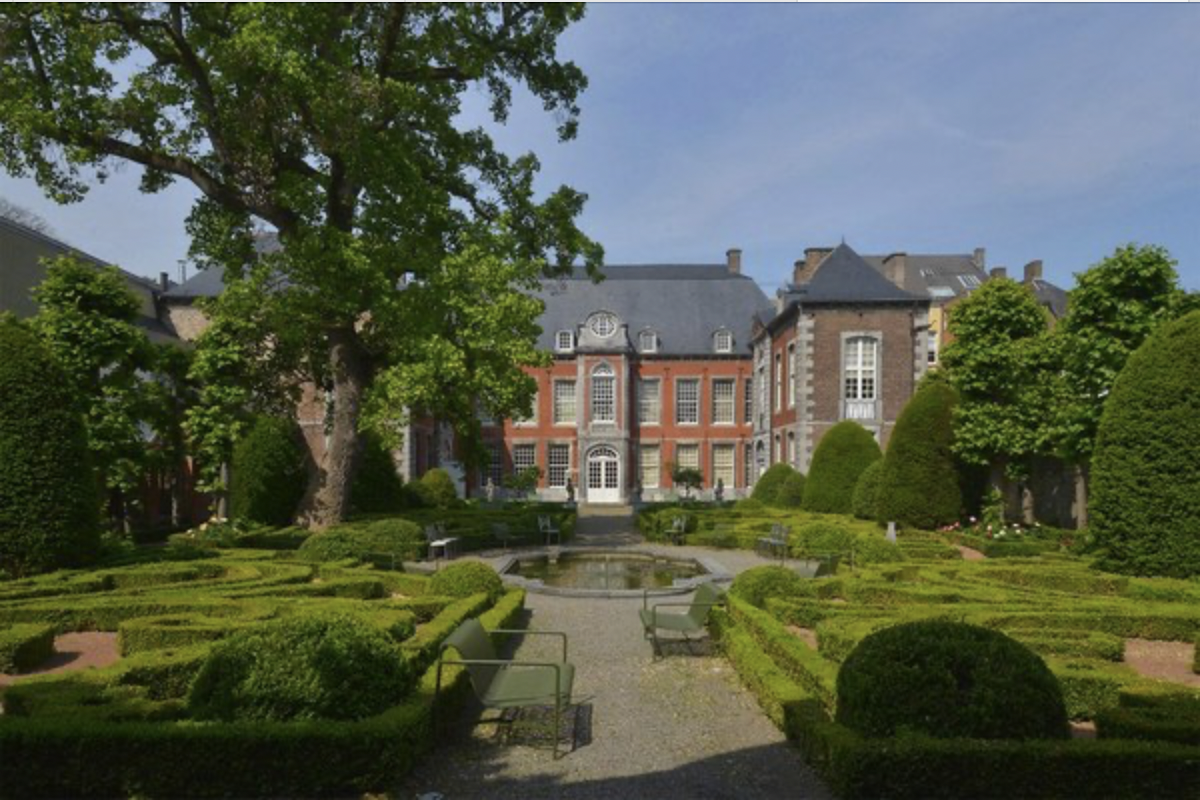


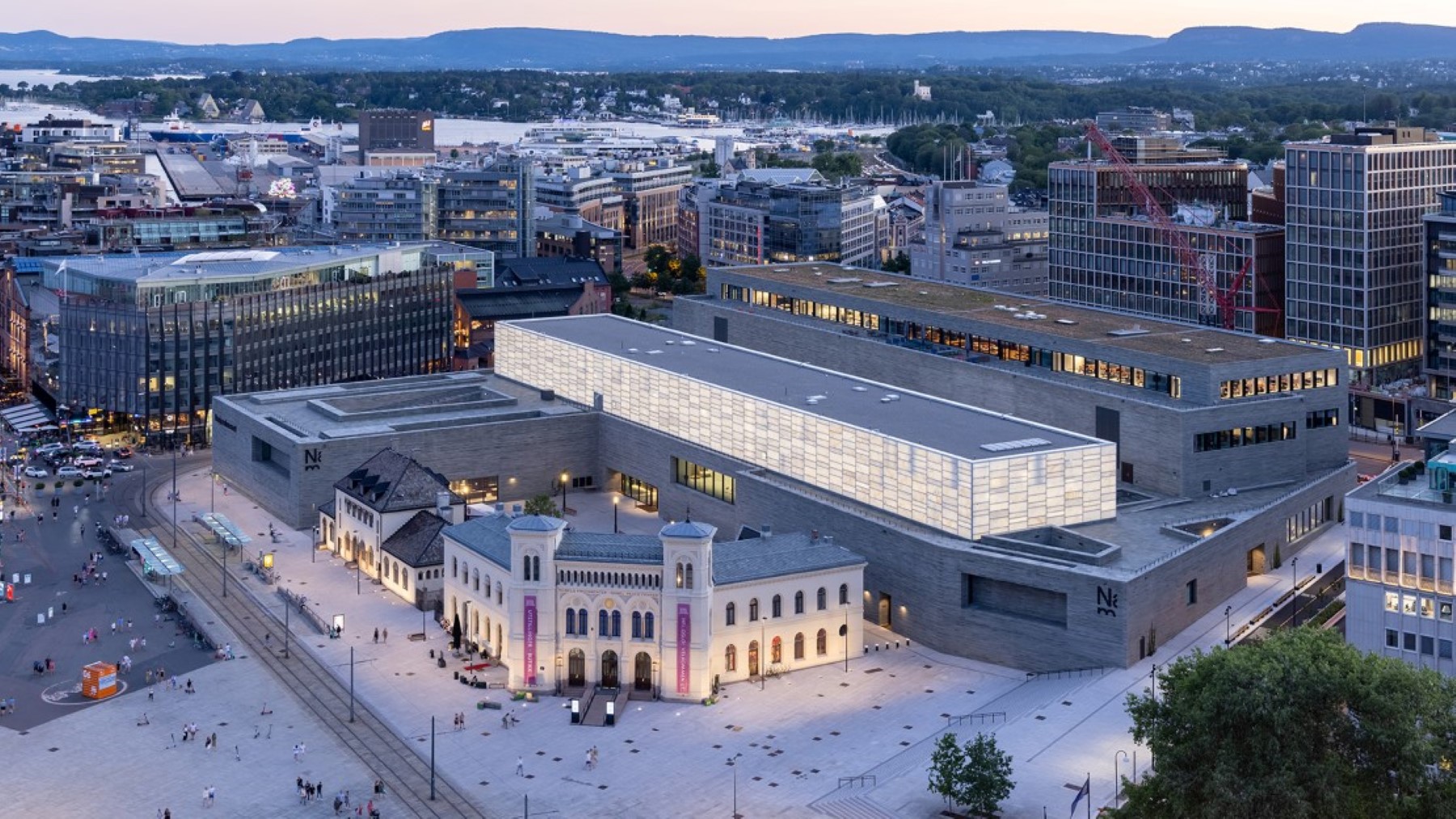
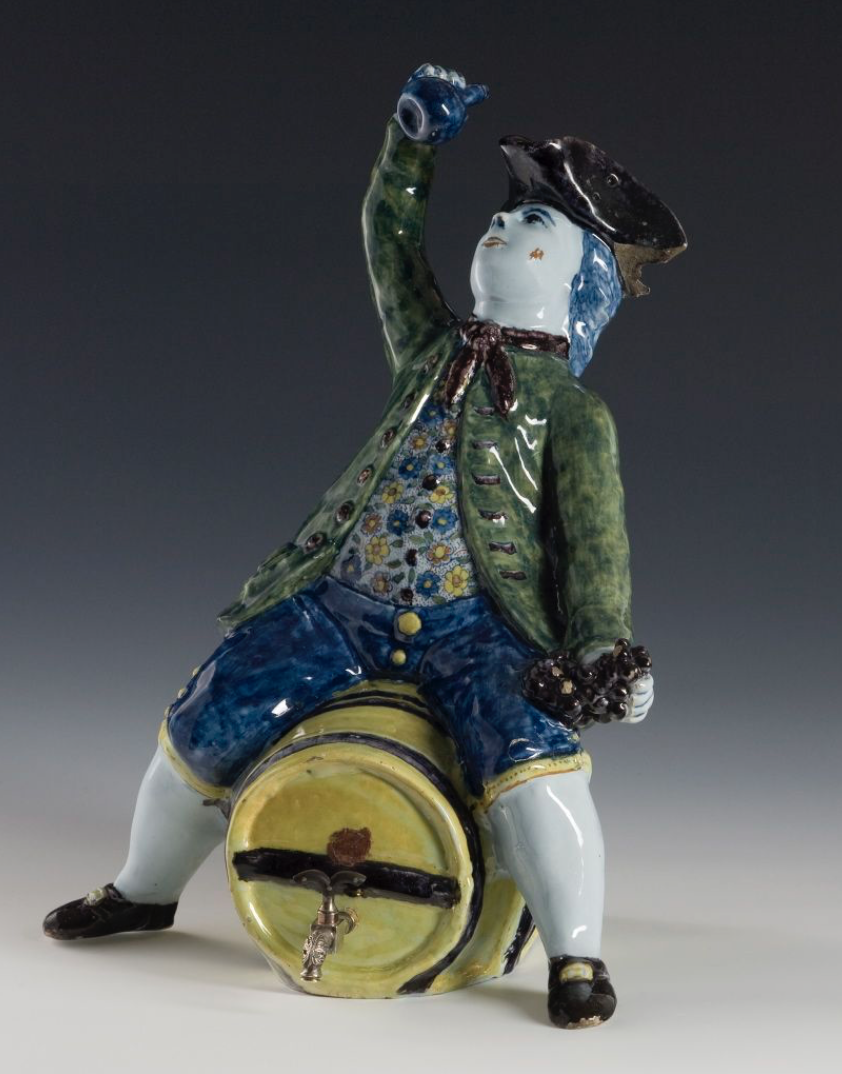
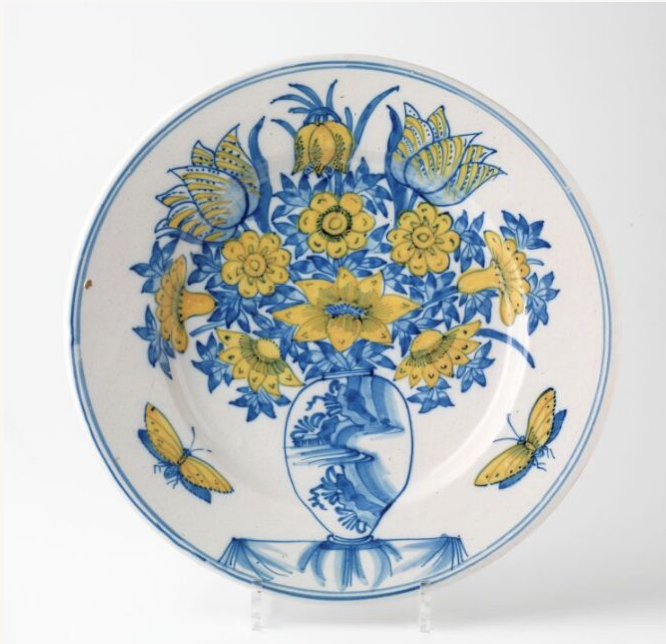 Among its many treasures, the museum houses an impressive collection of Delftware. This collection was originally part of the Art Industry Museum. The origins of the Art Industry Museum date back to 1876, initiated by Professor Lorentz Dietrichson and antiquarian Nicolay Nicolaysen. Founded by the state, it was one of Norway’s first museums and among the earliest art industry museums in Europe. This initiative was likely driven by Norway’s desire to establish itself as an independent nation with a rich cultural identity.
Among its many treasures, the museum houses an impressive collection of Delftware. This collection was originally part of the Art Industry Museum. The origins of the Art Industry Museum date back to 1876, initiated by Professor Lorentz Dietrichson and antiquarian Nicolay Nicolaysen. Founded by the state, it was one of Norway’s first museums and among the earliest art industry museums in Europe. This initiative was likely driven by Norway’s desire to establish itself as an independent nation with a rich cultural identity.